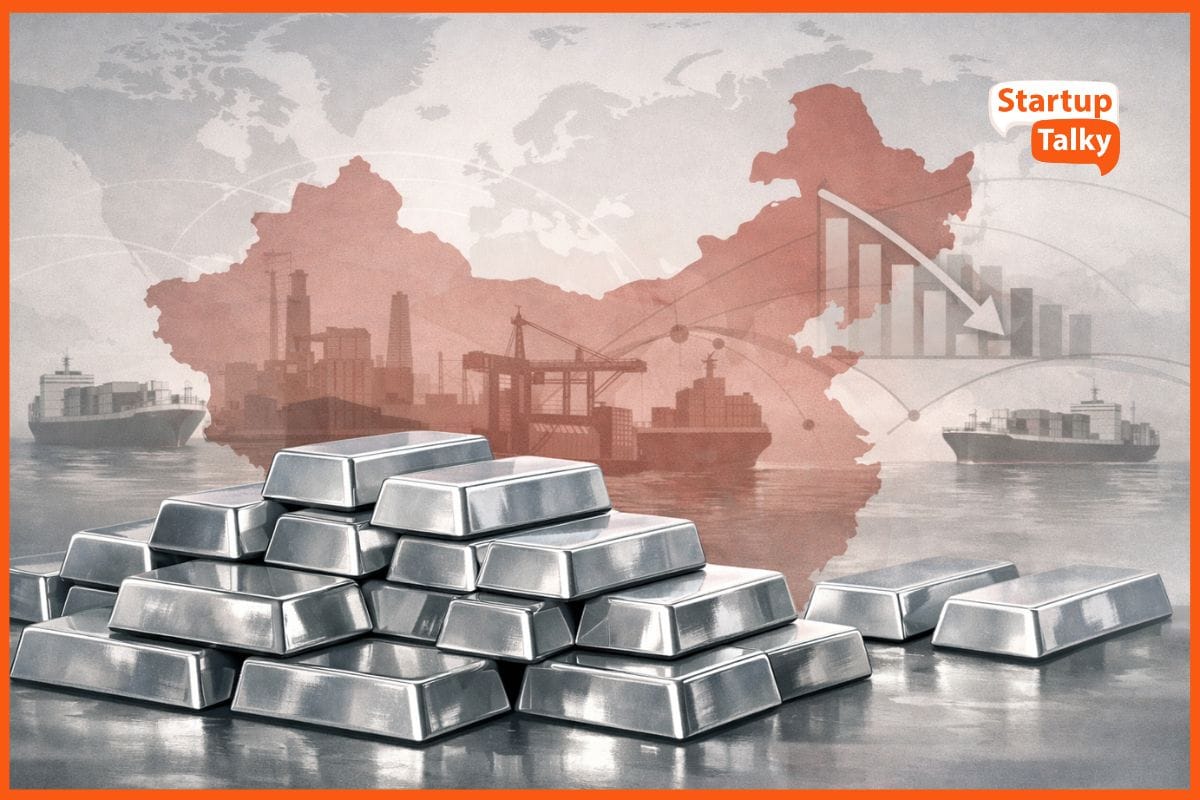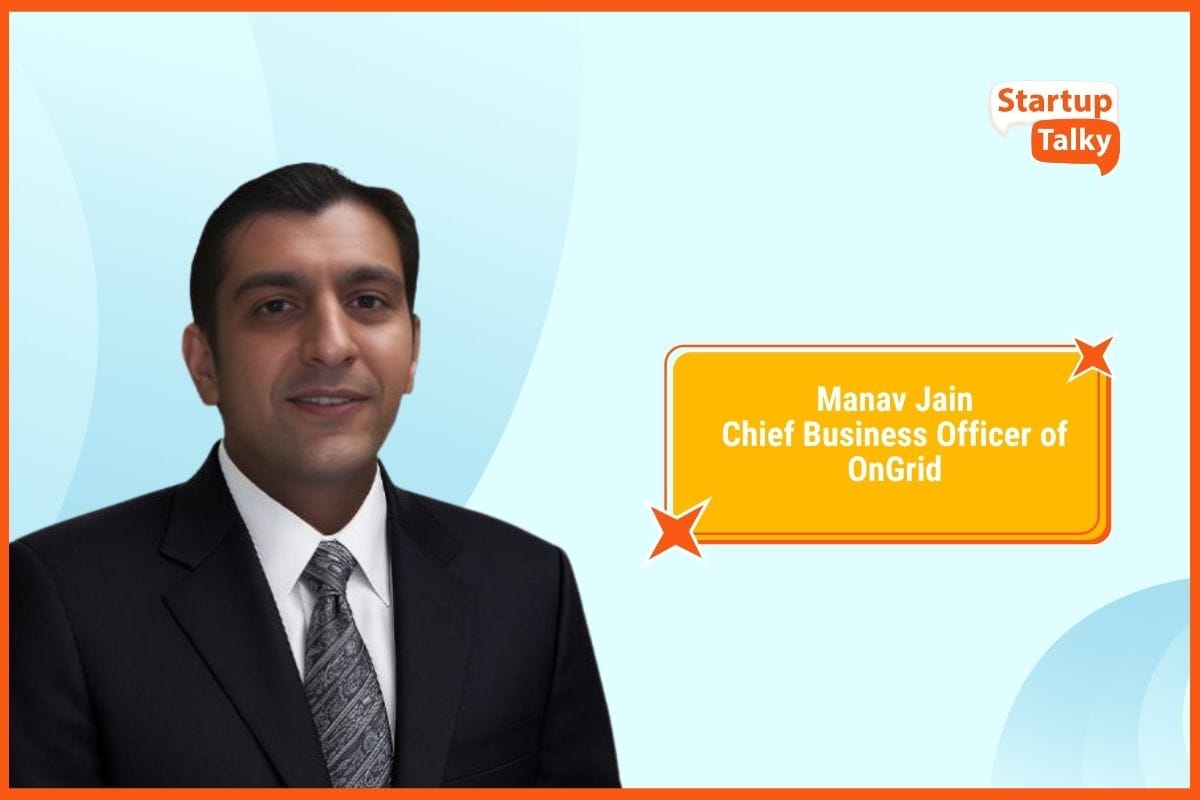Biggest Trademark Wars in History - When the Biggest Brands Fought Over Their Names
🔍Insights
A Trademark is an intellectual property consisting of a recognizable sign, design or expression that identifies products or services from a particular source and distinguishes them from others.
The owner of a trademark can be an individual, business organisation or any legal entity.
How Can a Trademark Be Used?
How and Where Is a Trademark Registered?
What Is a Trademark Infringement?
Biggest Trademark Wars
How Can a Trademark Be Used?
A trademark acts as an identification for a particular brand of product or service. One company’s trademark can also be utilised by others under licensing agreements. A case in point was the license that was purchased by the Lego Group from Lucasfilms which allowed them to launch Lego Star Wars.
Brand piracy is the unauthorised use of trademarks by producing and trading counterfeit consumer goods. In such a case the owner of the trademark might pursue legal action if the trademark is originally registered and can be proved.
How and Where Is a Trademark Registered?
Usually, the owner of the trademark applies to the Patent and Trademark Office to register the trademark. Depending on which country or jurisdiction is the owner applying to, the official body conducts its due diligence within a stipulated time period before issuing or declining the request to register the trademark.
Once the trademark rights are established within a particular jurisdiction, they are generally enforceable only in that jurisdiction. There is a range of international trademark laws and systems which facilitate the protection of trademarks in more than one jurisdiction.
What Is a Trademark Infringement?
This is a violation of the exclusive rights that are attached to the trademark without licenses or the authorisation of the trademark. When someone uses an identical or confusingly similar trademark that is owned by another party, in relation to identical products or services as listed in the original trademark, this is known as an infringement.
This activity is deemed criminal and is punishable by law. History has recorded many such trademark wars and some have received much public coverage.
Biggest Trademark Wars
War I – Skippy Vs. Skippy – The Great Peanut Butter Trademark War

In 1923, Percy Crosby created a comic strip called Skippy. It featured a feisty youngster who liked to paint fences. Two years of success saw Crosby, doing business as Skippy Inc., register Skippy as a trademark in 1925.
He, then, licensed the trademark for branded toys, games, trading cards, candy bars, school supplies, clothing and Skippy brand bread. He did not however lend it for Peanut Butter. So, what happened?
Californian businessman Joseph L. Rosefield began mass commercial distribution of peanut butter in 1922, in California under the brand name “Luncheon Brand” He changed the brand name to Skippy in 1932 following Skippy comic strip’s Hollywood success.
Rosefield’s packaging bore an eerie similarity to Crosby’s Skippy with the paint-brush lettering with a slatted fence and a paint bucket
In 1933, Rosefield tried to register the Skippy mark for his peanut butter but was successfully thwarted by Crosby. Nevertheless, Rosefield kept using the brand name
By 1945 Crosby’s newspaper contract and the federal trademark expired. Rosefield moved in and registered Skippy peanut butter in 1947 without opposition. Joan Crosby Tibbets, Crosby’s daughter inherited control of Skippy Inc., and control of Skippy Peanut Butter was passed to CPC International, Inc.
In 1977, Tibbets and CPC negotiated a co-existence contract and CPC was released from liability for trademark Infringement. In 1978, Tibbets re-registered the Skippy mark for cartoons without opposition from CPC
In 1980, Tibbets sued CPC for trademark infringement in the eastern district of Virginia looking for a seven-figure licencing fee. After a firm refusal from CPC, in 1985 Tibbets licensed the Skippy mark to sell Skippy brand caramel popcorn and peanut snack.
CPC approached the Virginia court in 1986 and successfully stopped Tibbets stating confusion with the Skippy peanut butter brand. After a decade of silence, the internet era saw Tibbets register Skippy.com in 1997 beating CPC in the race. The website went live in 1998 and launched an all-out attack on CPC
Following this, CPC went back to court, which passed an order to remove all CPC-related references from the site. In 2000, however, the Fourth Circuit reversed and held that the entire website was protected by the First Amendment, which helped to restore all content.
In 2002, Tibbets played her final card and petitioned for the cancellation of the Skippy Peanut Butter mark due to the emergence of new evidence. However, the claim was barred by the court in 2004
Tibbets remains unbowed till today crusading against the Skippy Peanut Butter mark. It is one of the longest trademark wars in history that still carries on.
War II – Apple Corps vs. Apple Computer (now Apple Inc.)

Apple Corps, a holding company founded by the Beatles and owner of their record label, Apple Records, had filed a lawsuit against, then, Apple Computer for trademark infringement.
In 1978, Apple Corps filed a lawsuit against Apple Computer for trademark infringement. In 1981 both parties settled the case with a settlement amount of USD 80,000 and the condition that Apple Computer does not enter the music business and Apple Corps not enter the computer business.
In 1986 Apple Computer added an audio-recording capability to their computers called MIDI leading Apple Corps to sue them again in 1989 citing violation of the 1981 agreement. Apple Corps won the lawsuit ending Apple Computer’s foray into multimedia
In 1991, Apple Computer again paid a settlement amount of USD 26.5 million to Apple Corps. This time it was due to the system sound called Chimes that was included in the Macintosh’s operating system. The settlement outlined each company’s trademark right to use the term ‘Apple’. Apple Corps held the right to any creative works whose principal content is music, whereas Apple Company agreed not to package, sell or distribute physical music material
2003 saw Apple Corps suing Apple Company again for breach of contract in using the Apple logo in the creation and operation of iTunes.
Apple Corps lost the lawsuit with the judge stating there was no demonstration of any breach of the trademark agreement.
In January 2007, at the Macworld Conference, Apple Inc. CEO Steve Jobs heavily featured the Beatles in his keynote presentation. The relations between the two companies seemed to be improving
In February 2007, the two companies reached a settlement for their trademark dispute which ended their ongoing war
Conclusion
Trademark Infringement Wars are a reality in the business world. In an era of globalization, some of these wars are played out on the world platform. History has seen its fair share of such Trademark Infringement wars and some have lasted longer than others. The list is long and growing everyday with new wars being waged.
What becomes clear is that no company will back down from defending and protecting its trademark rights.
FAQs
What is the largest trademark in the world?
Some of the most valuable trademarks in the world are Amazon – 416 billion dollars, Apple – 352 billion dollars, Microsoft – 327 billion dollars, Google – 324 billion dollars, and Visa – 187 billion dollars.
What is the world's oldest trademark?
Bass Ale triangle is one of the oldest trademarks in the world depicted on beer bottles in 1882.
What are some of the biggest trademark wars?
Apple the record label company vs Apple, Skippy comic vs Skippy peanut butter, Instagram vs LitterGram, and Starbucks v Sambucks
Must have tools for startups - Recommended by StartupTalky
- Convert Visitors into Leads- SeizeLead
- Website Builder SquareSpace
- Manage your business Smoothly Google Business Suite





